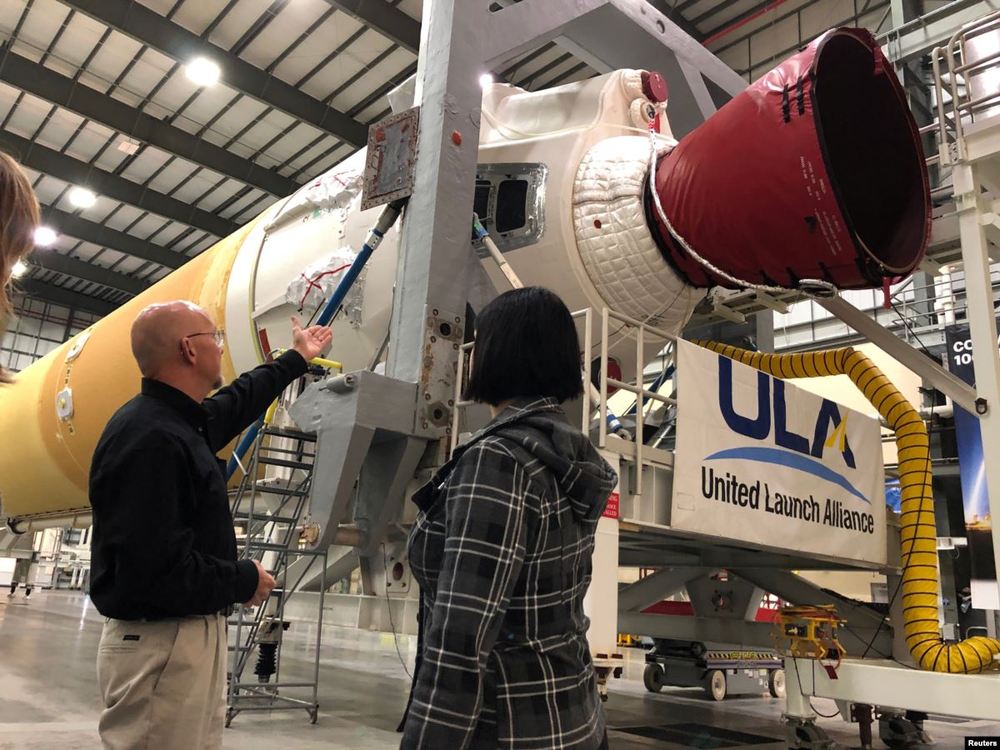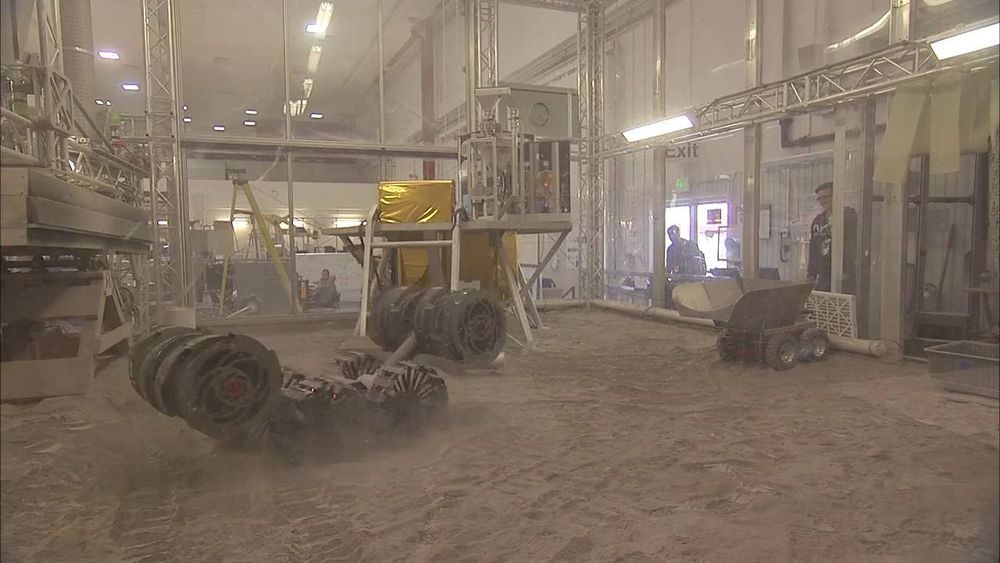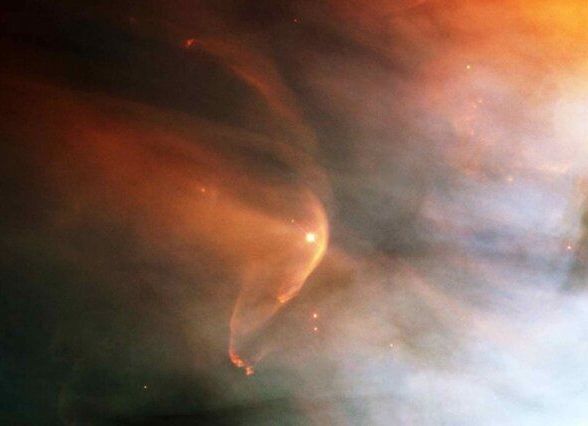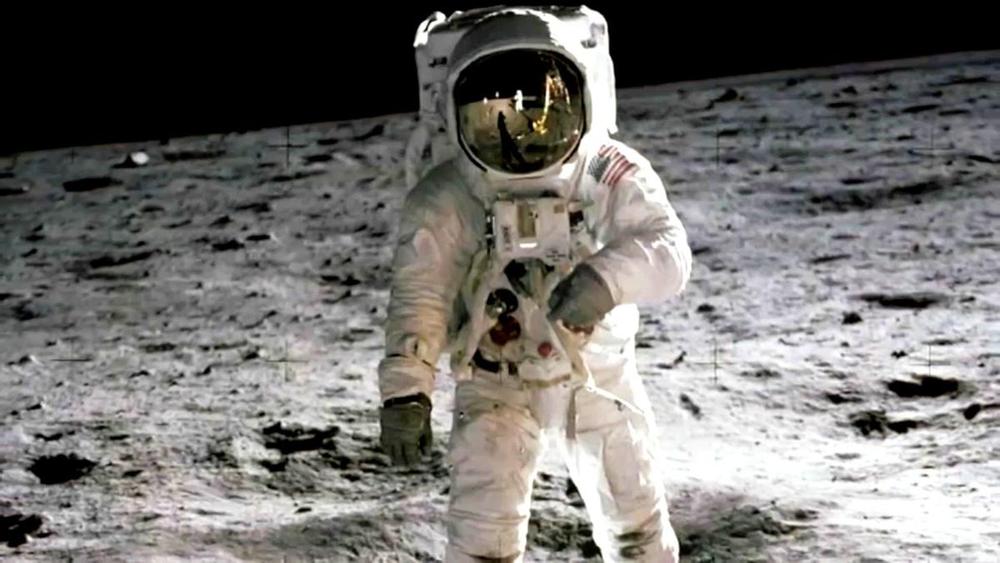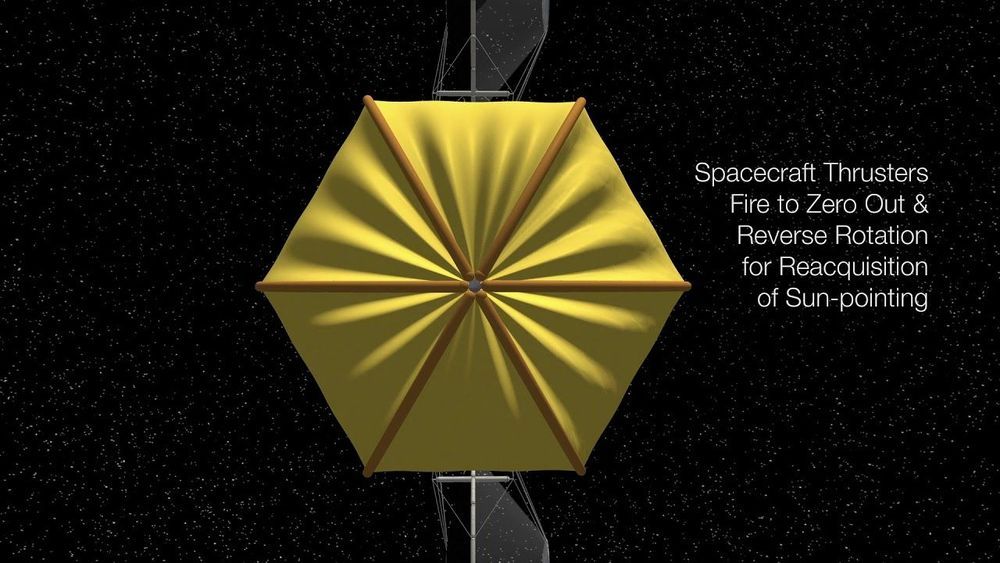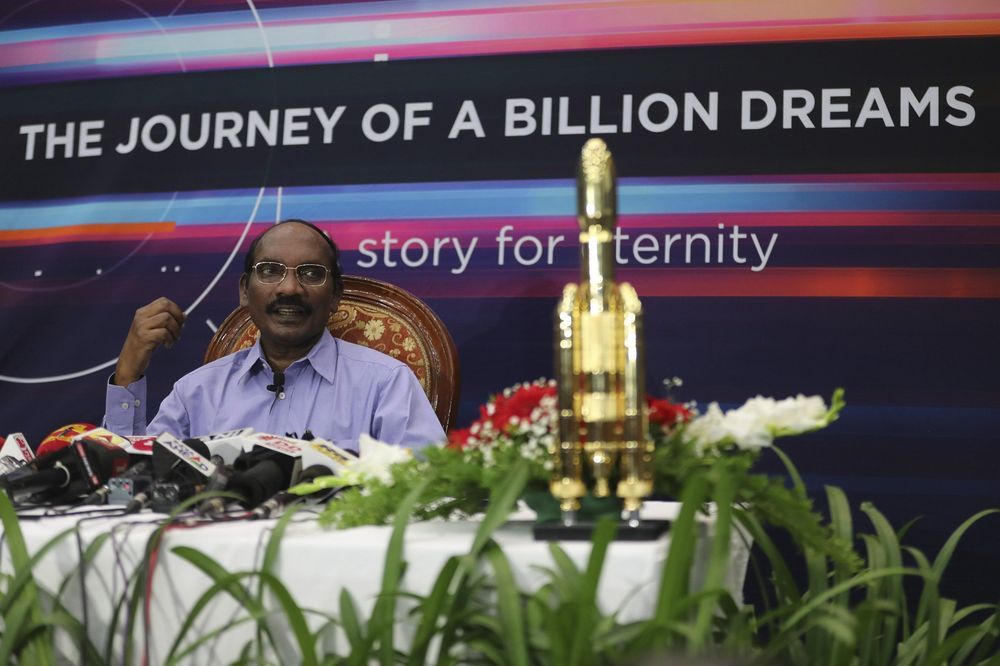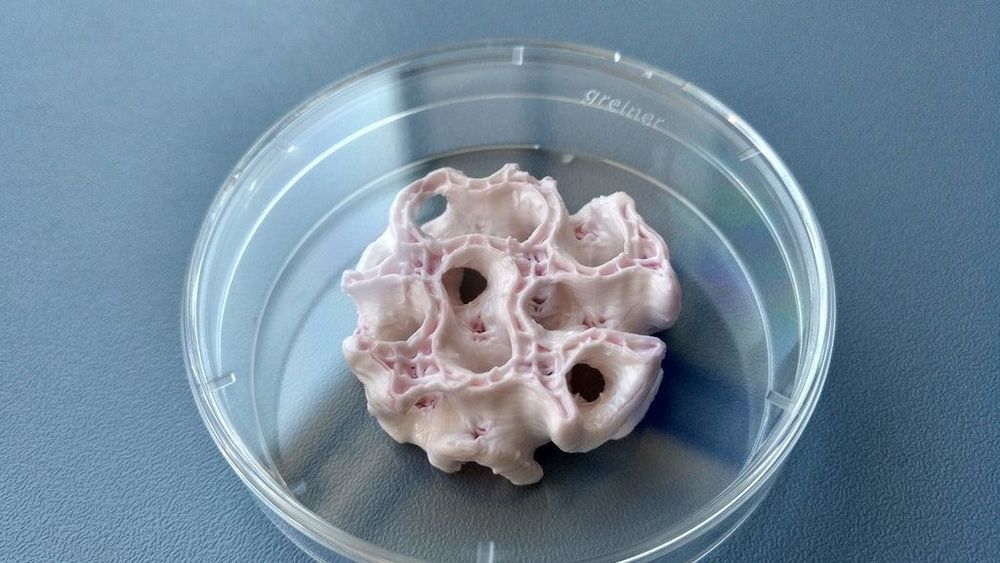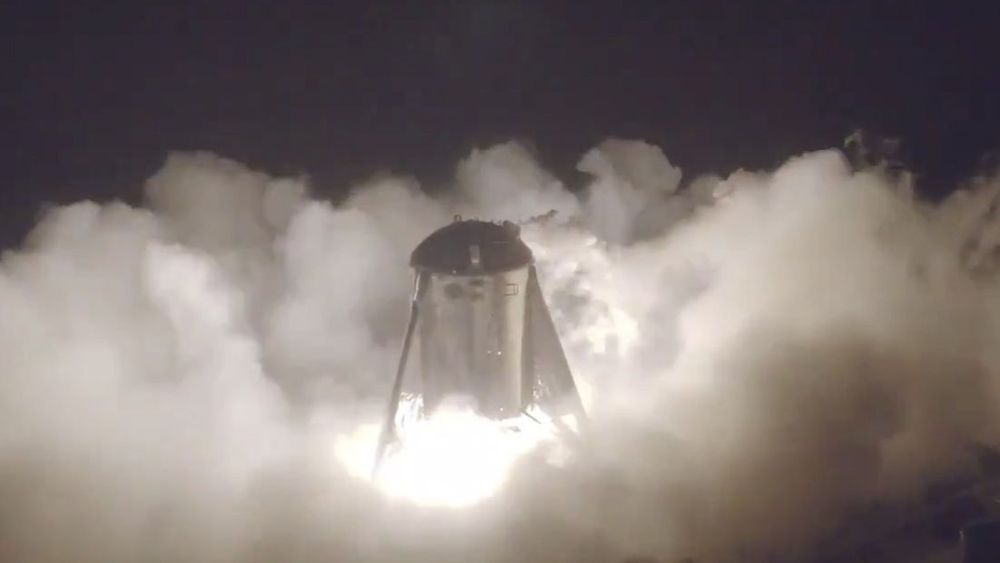Aug 23, 2019
Plan for First US Mission to the Moon Since Apollo Landing
Posted by Montie Adkins in categories: robotics/AI, space travel
Vulcan rocket on Bezos engines.
The first American spacecraft expected to land on the moon in nearly 50 years will be an unmanned robotic lander.
The aerospace company Astrobotic Technology told Reuters it expects to launch the spacecraft named Peregrine in the summer of 2021 from Florida’s Cape Canaveral. The company said Peregrine will be the first American spacecraft to land on the moon since Apollo astronauts last touched down there in 1972. The mission will bring technology and experiments to the moon to prepare for human flights by 2024.
Continue reading “Plan for First US Mission to the Moon Since Apollo Landing” »
